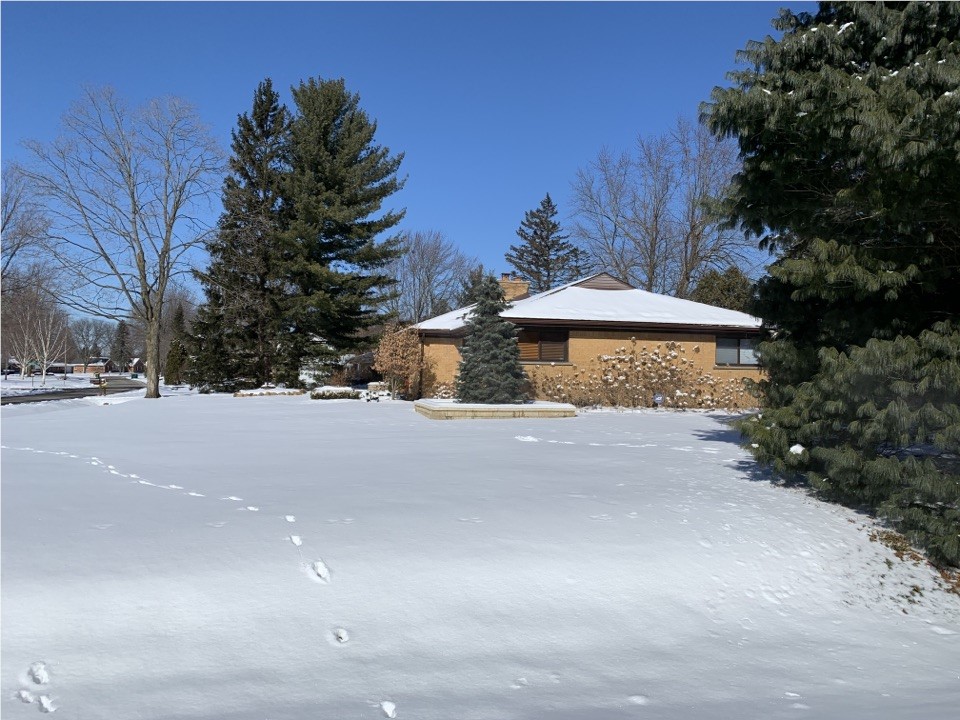
Heavy snow occurs in the Washington DC, NOVA, and Richmond markets that Shanco serves. It doesn’t happen every winter but when it does, this guide will put homeowners' questions to rest. What happens if we get a big snow?
Are Shingles Good for Snowy Climates?
Shingles are a great option for roofs in snowy climates. What’s important to remember is the installation process is as important as the product. A shingled roof should have the proper ventilation in place to ensure that no ice dams form. Additionally, local codes require ice and water shield to be installed on your new roof to protect the areas of your roof that are susceptible to roof leaks.
What is Snow Load?
Roof snow load is the force on a roof by the weight of snow and ice.
But is all snow equal?
Nope. Heavy and wet snow is totally different from light and fluffy and accumulation load will be different.
Remember when heavy snow hits and it weighs down the tree branches?
Or a light, fluffy snow drifts all over the place?
And how wet snow is great for snowballs and fluffy snow falls apart. These differences impact snow load calculations for your roof!
How Much Does Snow Weigh?
You’ve had a big snowstorm. What does that mean for your roof?
It all depends on the type of snow and then how many inches of snow have fallen.
Wet snow weighs around 13 pounds per square foot.
Fluffy snow weighs almost 4 pounds per foot.
That’s a big difference in weight.
When you have heavy snow on the roof, your roof can support around 20 to 30 pounds per square foot.
One thing to keep in mind is the slope of your roof. Pitched roofs shed snow which will reduce how much snow stays on your roof.
Can A Roof Collapse Under Heavy Snow?
Yes, but don’t panic.
The amount of snow that needs to fall to collapse a roof is sizable. According to the IBHS, it takes about 4 feet of new snow to cause structural stress. If it’s old, packed snow, you’re looking at 2 feet before it becomes problematic.
Please note, Shanco does not recommend climbing on your roof to remove snow. If you are going to remove snow from your roof, find a roof rake to help pull it down.
Why Does My Roof Leak After Heavy Snow?
You’ve had a fall roof inspection and there weren’t any issues but now your roof is leaking! That can be confusing! The culprit is likely an ice dam.
An ice dam forms when your attic is too warm and melted snow reaches the eaves and freezes again. Thie creates a jam of ice on your roof, gutters, and downspouts. This may create a scenario where the ice forces its way under the shingles and create a leak in your attic and exterior walls.
Fixing an ice dam has to do with insulation in your attic or reducing heat penetration into the attic in the winter. However, a temporary fix for an ice dam is heat cables.
What Are Gutter Heat Cables?
Gutter heat cables attach to your shingles and gutters and help melt the accumulated snow and ice and move it out the gutters and down the downspouts. Plan ahead if you are installing ice dams. Get them installed in the fall so you do not have to race mother nature.
Once installed, if there is a snowstorm om the horizon, plug them in and let them handle the snow. Just remember, all outdoor outlets should be GFCI so they can power down in case of moisture exposure.
Call Shanco for All of Your Roofing Needs!
Shanco has been serving the Washington DC metro area, NOVA, and Richmond for 20 + years. Call us today to schedule a free inspection if you need a trusted roofer to assess your home.
Tags
Subscribe to Shanco's Blog


Comments